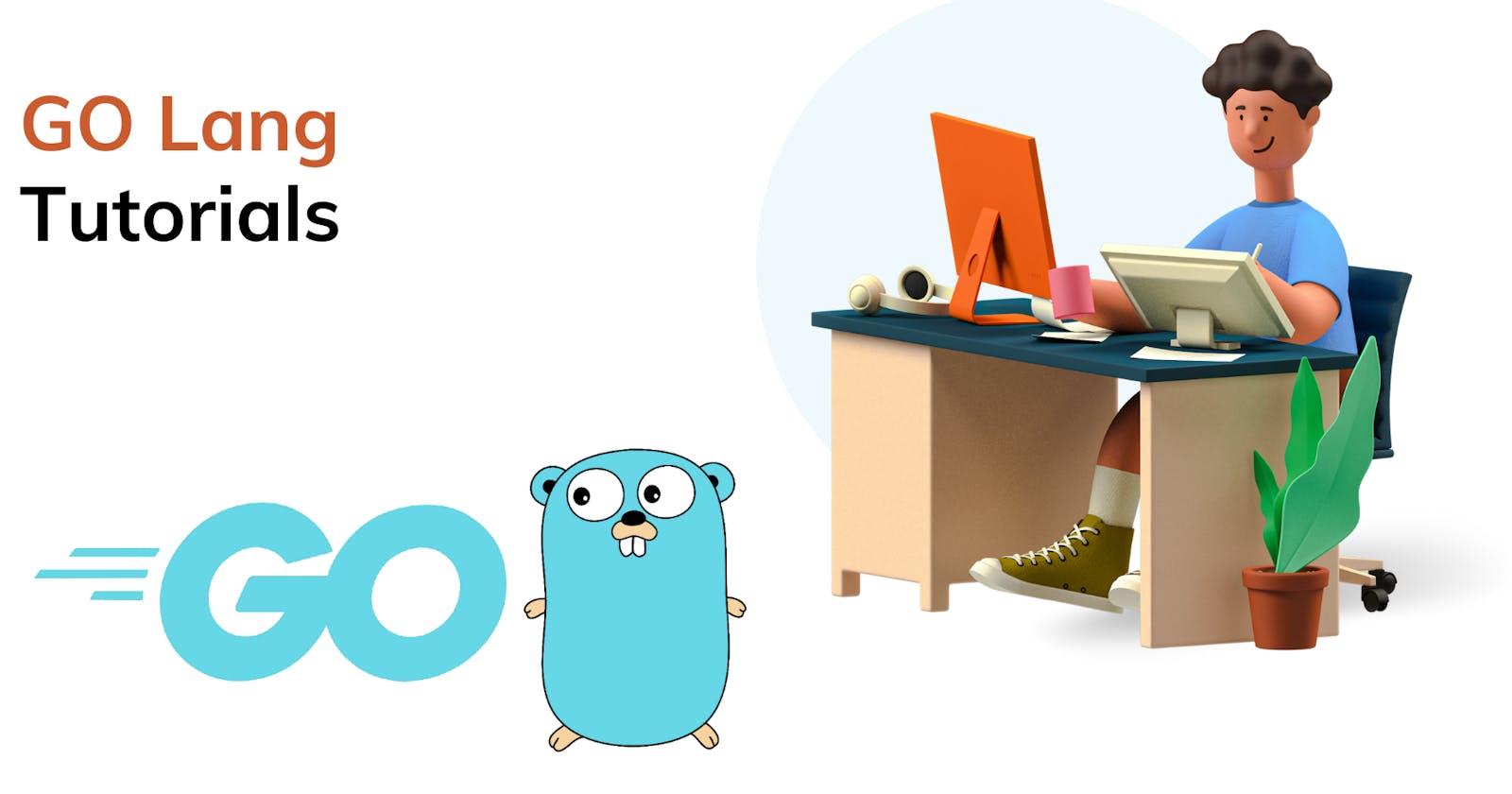Establishing one-to-many relationships between entities is a fundamental aspect of database design, allowing for structured and interconnected data representation. GORM, the powerful Object Relational Mapping library for Go, offers robust features to define and manage one-to-many relationships seamlessly within your applications. Let's embark on an in-depth exploration of one-to-many relationships using GORM, empowering you to efficiently model and interact with related data in your Go applications.
Understanding One-to-Many Relationships
In a one-to-many relationship, a single record in one table corresponds to multiple records in another table. This type of relationship is commonly used to model scenarios such as a user having multiple posts or a department having multiple employees.
Defining One-to-Many Relationships in GORM
Model Definition
Consider a scenario where a User can have multiple Posts:
package models
import "github.com/go-gorm/gorm"
type User struct {
gorm.Model
Name string
Posts []Post // One-to-many relationship with Post
}
type Post struct {
gorm.Model
UserID uint
User User // One-to-one relationship with User
// Other post fields
}
Here, the User struct includes a slice of Posts to represent the one-to-many relationship. The Post struct contains a UserID field to associate each post with its user.
GORM Tags for One-to-Many Relationships
Use GORM's tags to define one-to-many relationships:
type User struct {
gorm.Model
Name string
Posts []Post `gorm:"foreignKey:UserID"`
}
type Post struct {
gorm.Model
UserID uint
User User // One-to-one relationship with User
// Other post fields
}
The foreignKey tag specifies the foreign key (UserID) used to establish the relationship between the User and Post tables.
Managing One-to-Many Relationships
Creating Records
user := models.User{
Name: "Alice",
Posts: []models.Post{
{Content: "First post content"},
{Content: "Second post content"},
},
}
db.Create(&user)
Creating a User record along with multiple associated Posts will automatically establish the one-to-many relationship.
Retrieving Records
var user models.User
db.Preload("Posts").First(&user, 1)
Using Preload fetches a User record along with its associated Posts, facilitating efficient retrieval of related data.
Updating and Deleting Records
var user models.User
db.Preload("Posts").First(&user, 1)
// Update posts or add new posts
user.Posts[0].Content = "Updated content"
user.Posts = append(user.Posts, models.Post{Content: "New post content"})
db.Save(&user) // Saves changes to posts
db.Delete(&user) // Deleting a user deletes associated posts due to one-to-many relationship
Conclusion
Congratulations! You've explored the concepts and implementation of one-to-many relationships using GORM in Go. Leveraging GORM's powerful features, you can seamlessly establish and manage one-to-many associations, enabling efficient modeling and retrieval of related data within your applications.
Mastering one-to-many relationships empowers you to design comprehensive and well-connected data models, facilitating streamlined interactions and ensuring data integrity across related entities in your Go applications.
I hope this helps, you!!
More such articles:
https://www.youtube.com/@maheshwarligade

